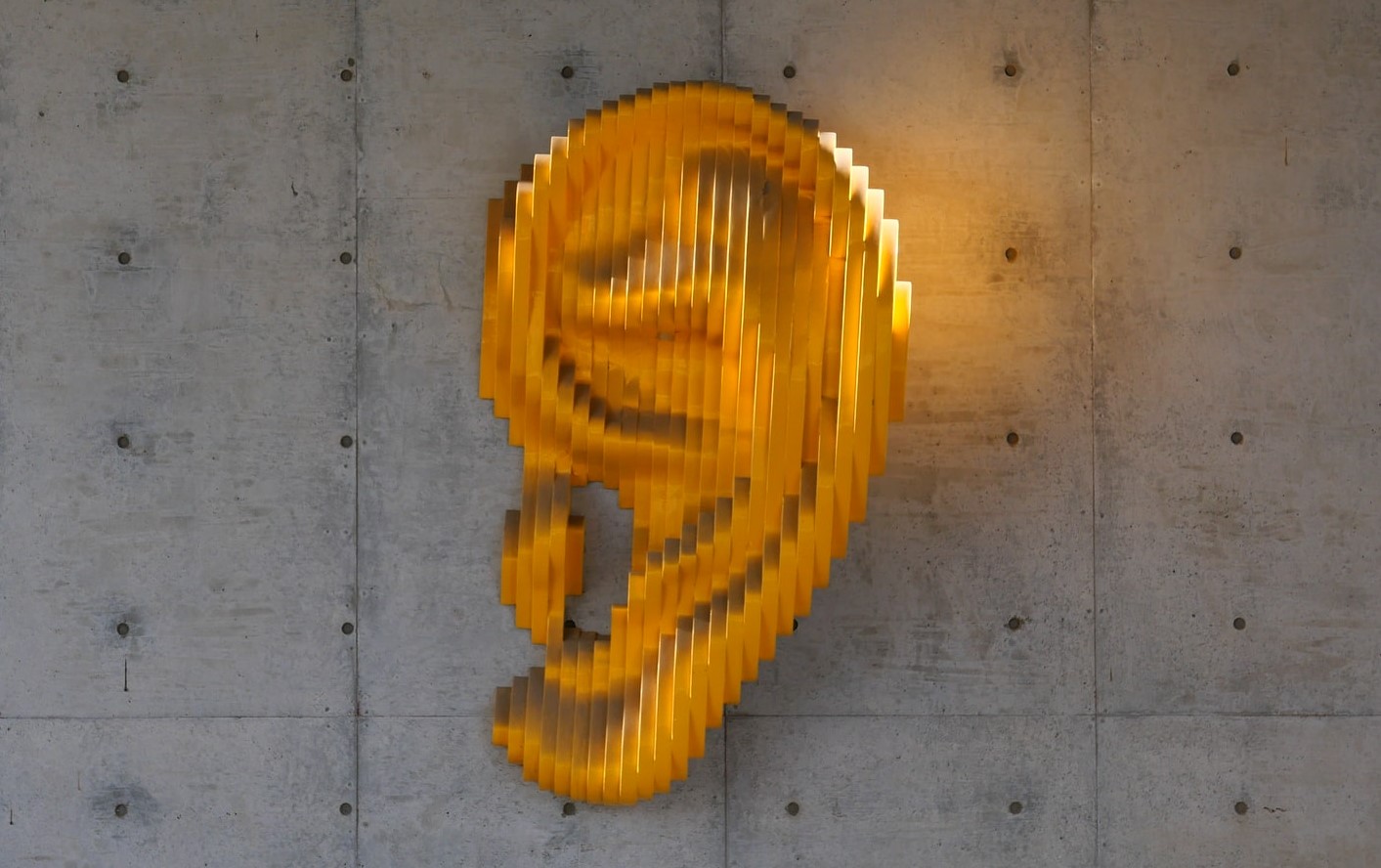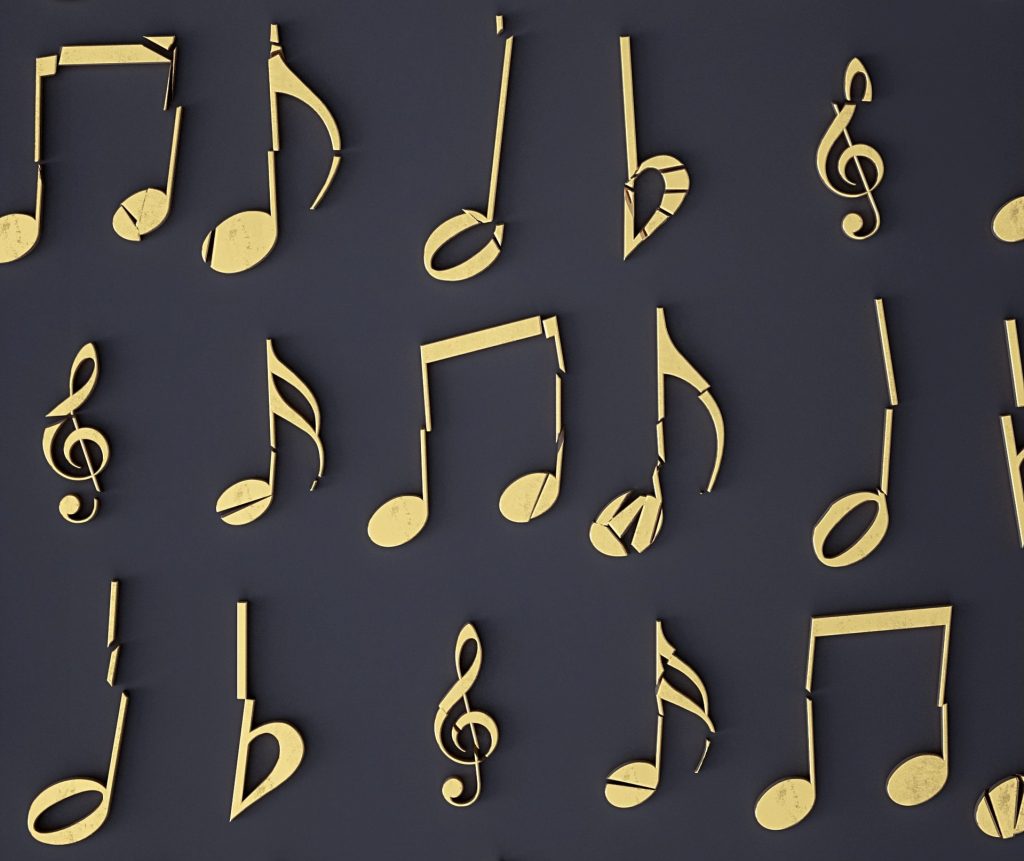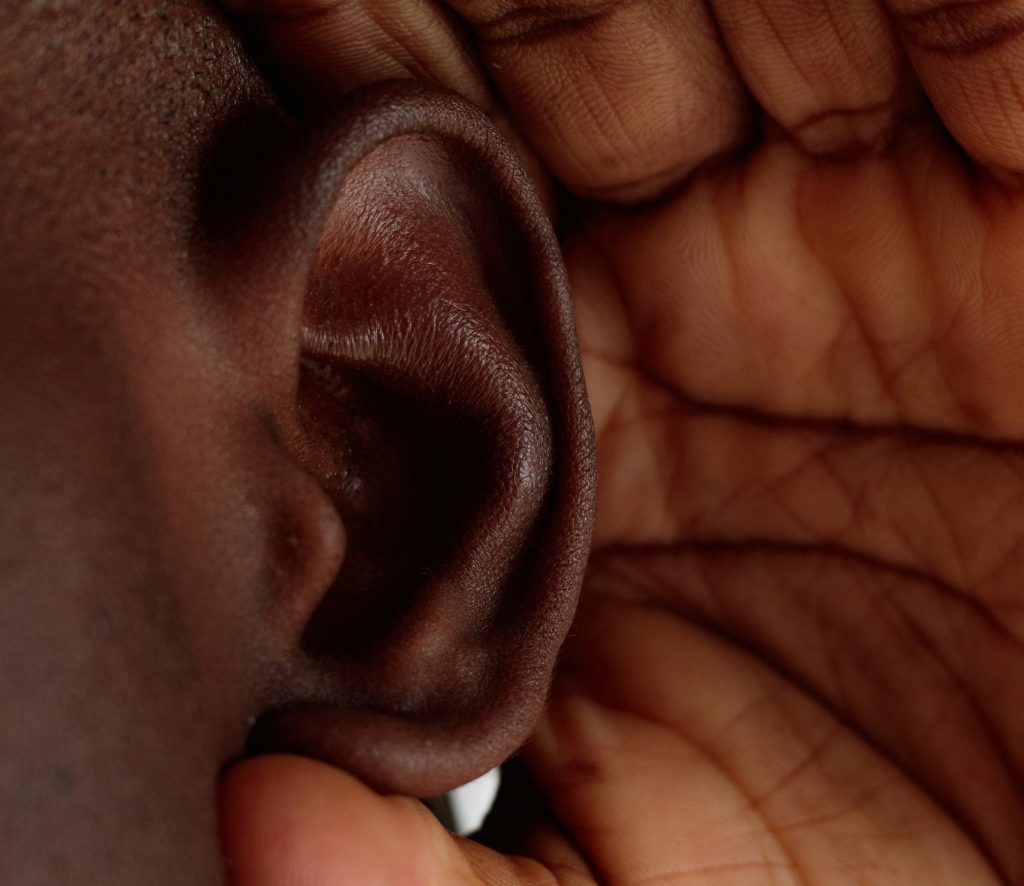We hear a melody and it catches our attention. We like it and perhaps we are even able to memorize and reproduce it. In some cases, furthermore, the person who has heard and memorized that melody is able to say the name of the notes that have sounded as well as their rhythmic values, for example. This set of skills is known in music pedagogy as auditory education.

Let's see a little what exactly it consists of.
What is ear education?
Auditory or ear education is usually noted as part of the knowledge and skills that make up musical language. The main objective of auditory education is the recognition and exact execution of musical sounds. It basically consists of internalizing events and melodic, rhythmic and harmonic progressions until being able to identify them by listening or reproduce them, with the voice, on demand.
Auditory perception
When we try to understand the phenomenon of listening, what happens in our ears when a certain air vibration impacts the eardrum and its connection with the brain, we find a complex mechanism of waves, nerve impulses, neurons and so on. And, although we can describe quite accurately the process by which sounds are received and recognized as such by our mind, in reality, each person has their own experience and their own habits when it comes to storing and interpreting that type of information. In relation to music, moreover, and in direct relation to aptitudes and even creative potential, a legendary phenomenon called “absolute pitch” often appears.
absolute hearing
What is known as absolute hearingconsists of the ability to recognize and name musical notes, that is, sound frequencies, without any reference, as well as the ability to accurately reproduce any note requested. Absolute pitch is a type of capacity that usually develops at an early age and that fixes auditory memory in a stable way, until other cognitive impairments, accidental or due to age, eventually alter it.
relative hearing
As an alternative to absolute pitch, the vast majority of the population can learn to recognize notes by practicing the so-called relative ear. This expression summarizes the procedure by which, from a given reference note, the rest of the melodic development of a musical piece can be deduced and identified. This ear is the one that is trained or acquired with the help of concepts such as musical intervals, among others.
 Do you recognize the musical notes?
Do you recognize the musical notes?
Methods to improve musical ear
The main methodology used in music education centers focuses on the practice, internalization and recognition of musical intervals. With these small pieces, with these distances between two notes and their appearances in musical works (successive, in the melody, or simultaneous, in the chords), an attempt is made to establish and identify each one of them until a specific piece or section is completed. Other approaches or alternatives use the recognition of the tensions of the tonal degrees to deduce which note is sounding at each moment, its cadences and other compositional strategies. Let's see, what we are expected to be able to identify with ear education:
Recognize heights
Probably the best-known characteristic of musical ear training is recognizing notes, that is, sound frequencies or pitches and giving them their corresponding name. To practice this facet, exercises such as isolated note recognition are used, with a previous reference, that is, intervals, or melodic dictations, for example.
Recognize rhythms
Another important aspect of the musical information of any piece is the rhythmic value of those notes or rests. To practice the recognition of rhythmic values, rhythmic dictations and other recognition tasks are carried out.
Recognize chords
Harmonic dictation attempts to learn to identify types of chords, inversions, tensions, chord progressions, cadences and more.
Recognize musical structures and forms
Another skill that is practiced within the framework of auditory education is the recognition of musical forms, both established and classic (sonata,…). Exercises that are usually proposed to develop this skill would be, for example, auditions based on active listening and the practice of musical memory to identify sections and other recurring musical elements in the works.
 Listen to music carefully
Listen to music carefully
Conclusions
In short, a discipline that goes by many different names (ear training, aural analysis, ear education, auditory training,…) and a very useful skill for tackling musical tasks of all kinds. Listening to music, songs, any type of sound expression, in fact, is a pleasure in itself and something interesting, without adding anything else. The vast majority of listeners of a piece of music will never wonder if the piece they have just heard or another that they have liked so much since their youth contains this or that note or uses this or that rhythmic figure. The musical concepts that the most curious professionals or amateurs handle, or musical notation or any other, let's say, technical matter in music, only really interest and worry a handful of people. But when you want to learn to play an instrument or you want to sing with a precise level of theoretical knowledge, for example, in those moments you can find yourself in the situation of asking yourself, what note is that that is being played? or what is that rhythm like? Or what notes does that chord contain? Not just free questions. Knowing and understanding in greater breadth, depth or detail what we are doing is an invaluable help for practice, learning and even musical enjoyment. Listening and knowing, imagining and executing or processes of this type carried out fluently is having a very intimate relationship with music, an extraordinary closeness that can easily translate into being able to expand repertoire, compose or study more efficiently. Music theory, for example, is the traditional paradigm of this type of education and the wall against which generations of music students have crashed. Auditory education has been and is often feared by anyone who wants to access what is known as “learning music”, because it is not essentially an intellectual process, something that can be simply defined and understood, but rather a type of skill that requires internalization, a true immersion in music and musical concepts. Although certain teaching methods or professionals sometimes do not make an effort to take some of the iron out of this matter and conduct this practice with a relaxed and even playful attitude, the truth is that acquiring such a capacity requires demanding attention and perseverance. . Therefore, it is not strange to suffer some kind of “suffering” or frustration in the process. Be that as it may, let's listen carefully, without being overwhelmed but with some devotion, let's enjoy the magic of music and our auditory education will improve day by day. #mailpoet_form_3 .mailpoet_form { } #mailpoet_form_3 .mailpoet_column_with_background { padding: 10px; } #mailpoet_form_3 .mailpoet_form_column:not(:first-child) { margin-left: 20px; } #mailpoet_form_3 .mailpoet_paragraph { line-height: 20px; margin-bottom: 20px; } #mailpoet_form_3 .mailpoet_segment_label, #mailpoet_form_3 .mailpoet_text_label, #mailpoet_form_3 .mailpoet_textarea_label, #mailpoet_form_3 .mailpoet_select_label, #mailpoet_form_3 .mailpoet_radio_label, #mailpoet_form_3 .mailpoet_checkbox_label, 3 .mailpoet_list_label, #mailpoet_form_3 .mailpoet_date_label { display: block; font-weight: normal; } #mailpoet_form_3 .mailpoet_text, #mailpoet_form_3 .mailpoet_textarea, #mailpoet_form_3 .mailpoet_select, #mailpoet_form_3 .mailpoet_date_month, #mailpoet_form_3 .mailpoet_date_day, #mailpoet_form_3 .mailpoet_date_year, #mailpoet_form_3 .mailpoet_date { display :block; } #mailpoet_form_3 .mailpoet_text, #mailpoet_form_3 .mailpoet_textarea { width: 200px; } #mailpoet_form_3 .mailpoet_checkbox { } #mailpoet_form_3 .mailpoet_submit { } #mailpoet_form_3 .mailpoet_divider { } #mailpoet_form_3 .mailpoet_message { } #mailpoet_form_3 .mailpoet_form_loading { width: 30px; text-align: center; line-height: normal; } #mailpoet_form_3 .mailpoet_form_loading > span { width: 5px; height: 5px; background-color: #5b5b5b; }#mailpoet_form_3{border: 1px solid #fcb900;border-radius: 40px;text-align: center;}#mailpoet_form_3 form.mailpoet_form {padding: 20px;}#mailpoet_form_3{width: 70%;}#mailpoet_form_3 .mailpoet_message {margin : 0; padding: 0 20px;}#mailpoet_form_3 .mailpoet_paragraph.last {margin-bottom: 0} @media (max-width: 500px) {#mailpoet_form_3 {background-image: none;}} @media (min-width: 500px) { #mailpoet_form_3 .last .mailpoet_paragraph:last-child {margin-bottom: 0}} @media (max-width: 500px) {#mailpoet_form_3 .mailpoet_form_column:last-child .mailpoet_paragraph:last-child {margin-bottom: 0}} Please leave this field emptyDo you write songs or would you like to?
Email * I have read and accept the Privacy Policy With the Guide «The journey of a song» as a gift Check your inbox or spam folder to confirm your subscription.
